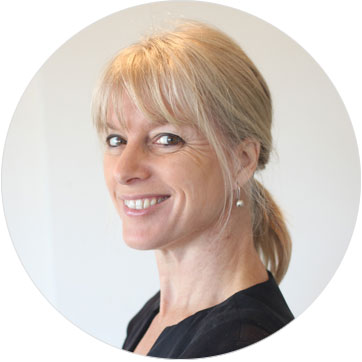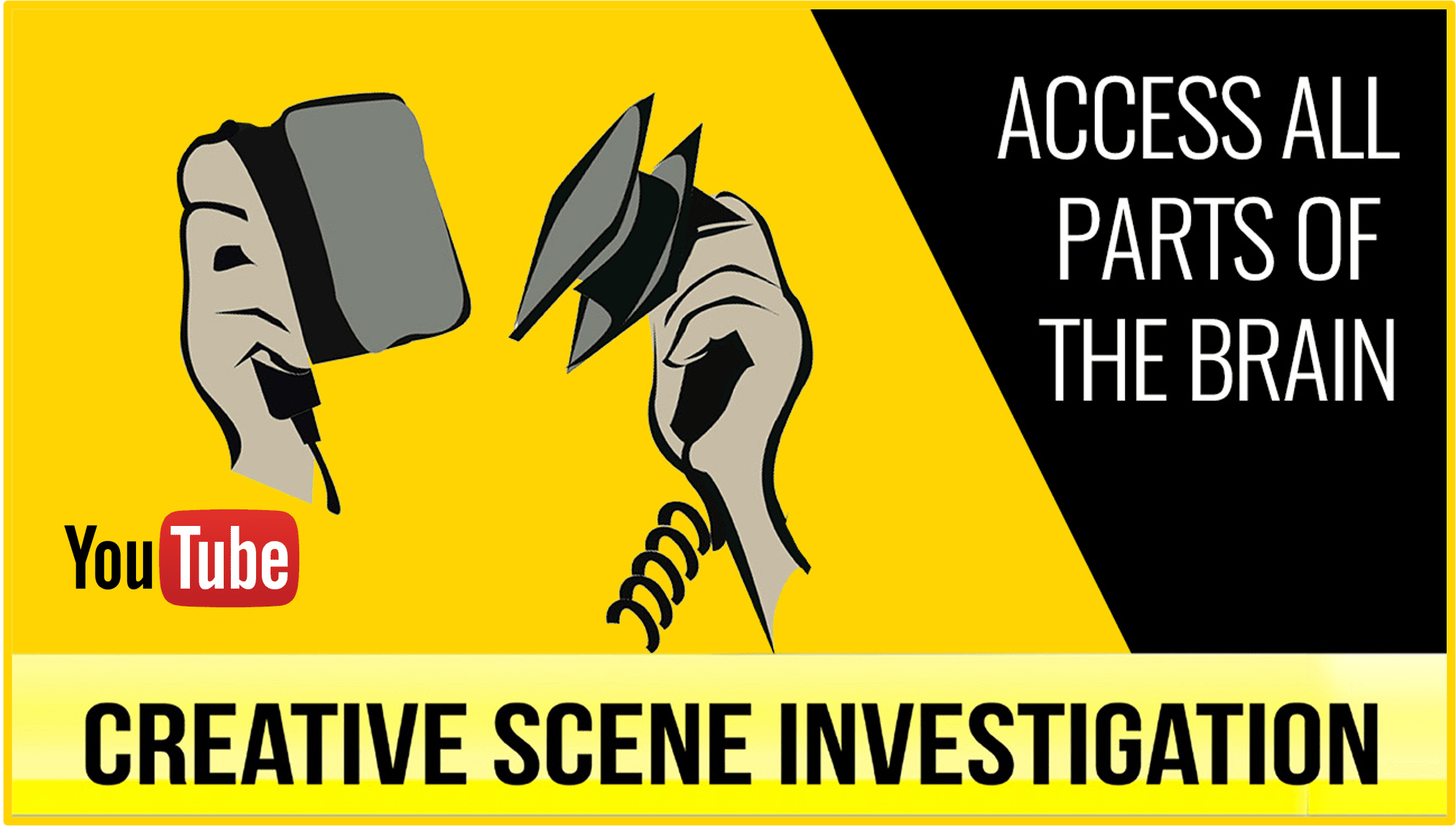Part 4: Access All Parts of the Brain
By Gaia Grant
Are you using your brain to its full potential?
Our brains are not simple ‘input’ / ‘output’ machines. They actually have a myriad of different possible neural connections and cognitive functions, and the most creative people can access all parts of their brain. So to get the best out of our brain’s creative potential it is important to know how to access and connect all the different capabilities.
There are two distinct paradigms or philosophies regarding how the brain operates – modular and non-modular learning. A modular view of the brain consists of separate autonomous parts with different responsibilities. Essentially, a modular brain means that several parts of the brain are used to undertake one task. Comparatively, a non-modular view of the brain results in one specific area of the brain used to perform a task.
Historically, tasks required a single focus, in which the brain was operating from a non-modular learning. However, since the introduction and rapid advancement in innovative technologies, people are required to multi-task more than ever. As a result, single-focused jobs have declined due to the increasing use of artificial intelligence and robots and thus, more creative and analytical jobs require the capacity to operate using the modular brain – multiple areas to successfully perform a task.
Being modular more than ‘right’ or ‘left’
Many people still think in terms of ‘left brain’ and ‘right brain’ thinking, and it is assumed that to be creative you need to be a ‘right brain’ thinker. Although we all now know that it is not as simple as having two sides to the brain, as the modular view reminds us, this terminology can be helpful in reminding us that we have ‘logical’ and more ‘intuitive’ brain functions that can operate as relatively independent systems.
Contrary to what people think, though, it is not just the ‘intuitive’ brain functions that contribute to the creative thinking process. Being more creative requires knowing how to use both functions simultaneously.
Brain scans of mathematicians, jazz musicians and dancers have revealed that they have the capacity to rapidly switch between both brain hemispheres. They can access both the logical strategies built up over years of hard disciplined work, and the intuitive capabilities that can enable more adaptive and original responses.
How to access all parts of your brain
There are a number of skills that can help to prepare your brain for the creativity process.
As an example, independence has been identified as one of the key attributes of creative people. This requires being able to step outside of your regular habitual ways of doing things and to resist mediocrity and conformity.
Additionally, developing openness allows you to see problems from different perspectives. This can include having an openness to diversity, to different ways of thinking and interpreting. It can also mean connecting with a wide range of people and ideas through networking, through actively seeking and exploring challenging perspectives.
When these fundamental creative skills are practiced they can actually change how the brain responds at a neurological level. Over time, they can then become a habit in your daily thinking.
To manage this phase effectively:
- Identify how you can create a disruptive environment by continually challenging yourself and your team to think about how you can do things differently
- Practice accessing both the logical (rational) and kinaesthetic (feeling) parts of the brain. (eg pursue projects that require both scientific and artistic perspectives).
- Be open to and listen to other peoples’ ideas, and explore diverse concepts extensively before shutting them down prematurely
- Consider the perspectives of the end user to enable more objectivity and independence
Though this stage of the creative design thinking process can be incredibly challenging, it can also be highly rewarding.
If you are interested in learning more about Accessing All Sides of the Brain as a key strategy to help develop creativity watch the video here and see a sneak peek at the at the other strategies to prepare for Design Thinking.
Try the Innovation Change Leader iCLi assessment to identify if you are an innovative leader: https://the-innovation-race.com/ (full company assessments & mapping are also available

Gaia Grant (PhD) is a lecturer and researcher at the University of Sydney Business School in the Discipline of Strategy, Innovation, and Entrepreneurship, focusing on research into innovation paradoxes and ambidextrous leadership. Gaia is also a Director of Tirian Innovative Solutions, & the co-author (with Andrew Grant) of a number of books including ‘The Innovation Race’, and “Who Killed Creativity?”.

Andrew Grant is the Director of Tirian Innovative Solutions, and co-author (with Dr Gaia Grant) of a number of books including ‘The Innovation Race’, and “Who Killed Creativity?”.



